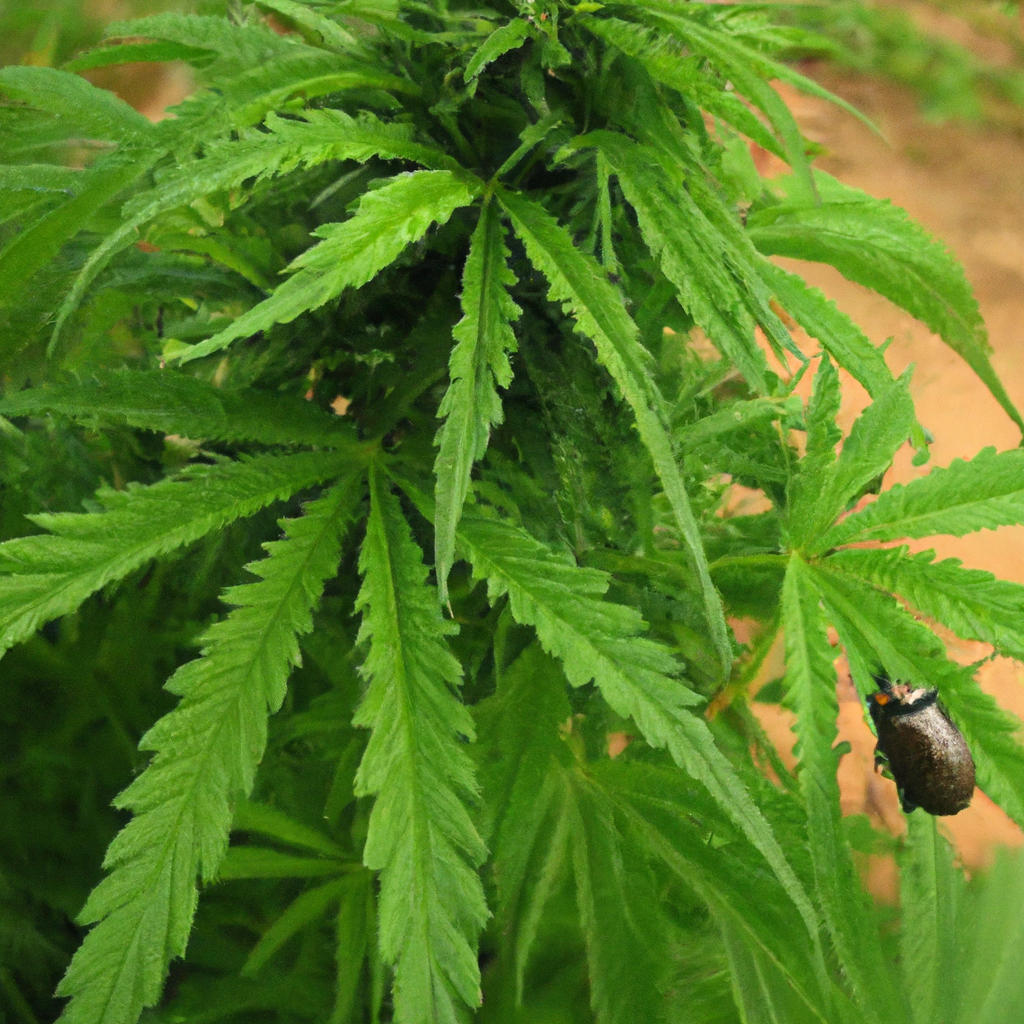Your cart is currently empty!
As the cannabis industry grows globally, there’s a fascinating symbiosis emerging within its cultivation: the interplay between cannabis plants and the surrounding biodiversity. This vibrant ecosystem not only supports plant health but also promotes sustainable farming practices. Let’s dive into this dynamic world and discover the benefits it holds for growers and the environment.
The Role of Beneficial Insects
In sustainable cannabis cultivation, beneficial insects play a pivotal role. These include:
- Ladybugs: These natural predators target common pests like aphids, reducing the need for chemical pesticides.
- Lacewings: Known for consuming a wide range of insects, their presence in cultivation areas furthers pest control.
- Predatory Mites: Effective against spider mites, these mites maintain plant health without chemical interventions.
Companion Planting for Pest Control and Soil Health
Companion planting involves growing different crops together to reap benefits like enhanced pest control and improved soil fertility. In cannabis cultivation, this approach contributes to both plant health and sustainability:
- Marigolds: These flowers deter nematodes and attract pollinators, offering a natural protective barrier for cannabis plants.
- Clover: Not only does clover fix nitrogen in the soil, but it also acts as a cover crop to prevent soil erosion.
- Basil: Known for its pest-repelling properties, basil enhances the aroma profile of cannabis when planted nearby.
Promoting Rich Soil Microbiomes
Healthy soil microbiomes are crucial for robust cannabis growth. Beneficial microbes break down organic material, releasing nutrients for plant absorption. An enriched soil microbiome results in:
- Improved Nutrient Uptake: Microorganisms convert complex nutrients into simpler forms, ensuring plants receive adequate nutrition.
- Enhanced Root Growth: A microbiome-rich environment supports vigorous root systems, which in turn improve water absorption.
- Disease Resistance: Healthy soils act as a barrier against pathogens, reducing disease outbreaks.
Challenges and Innovations in Eco-friendly Practices
While integrating biodiversity into cannabis cultivation offers numerous benefits, it also presents challenges that require innovative solutions:
- Pest Management Balance: Maintaining beneficial insect populations without disrupting local ecosystems demands careful planning.
- Diverse Plant Integration: Balancing the growth of companion plants with cannabis requires strategic spatial arrangements to optimize both plant health and yield.
- Microbial Balance: Introducing beneficial microbes should be done thoughtfully to maintain soil health and prevent microbial imbalances.
Conclusion
The vibrant biodiversity within cannabis cultivation is more than a green revolution; it’s a testament to the power of nature-based farming solutions. By embracing these practices, growers can enjoy healthier crops, sustainable yields, and a reduced environmental footprint. As we continue to explore and innovate, the future of cannabis cultivation looks promisingly green.
Tags: BeneficialMicrobes, CompanionPlanting, EcosystemBuilding, SustainablePractices, CannabisCultivation
Discover more from Magic Clones
Subscribe to get the latest posts sent to your email.


Leave a Reply